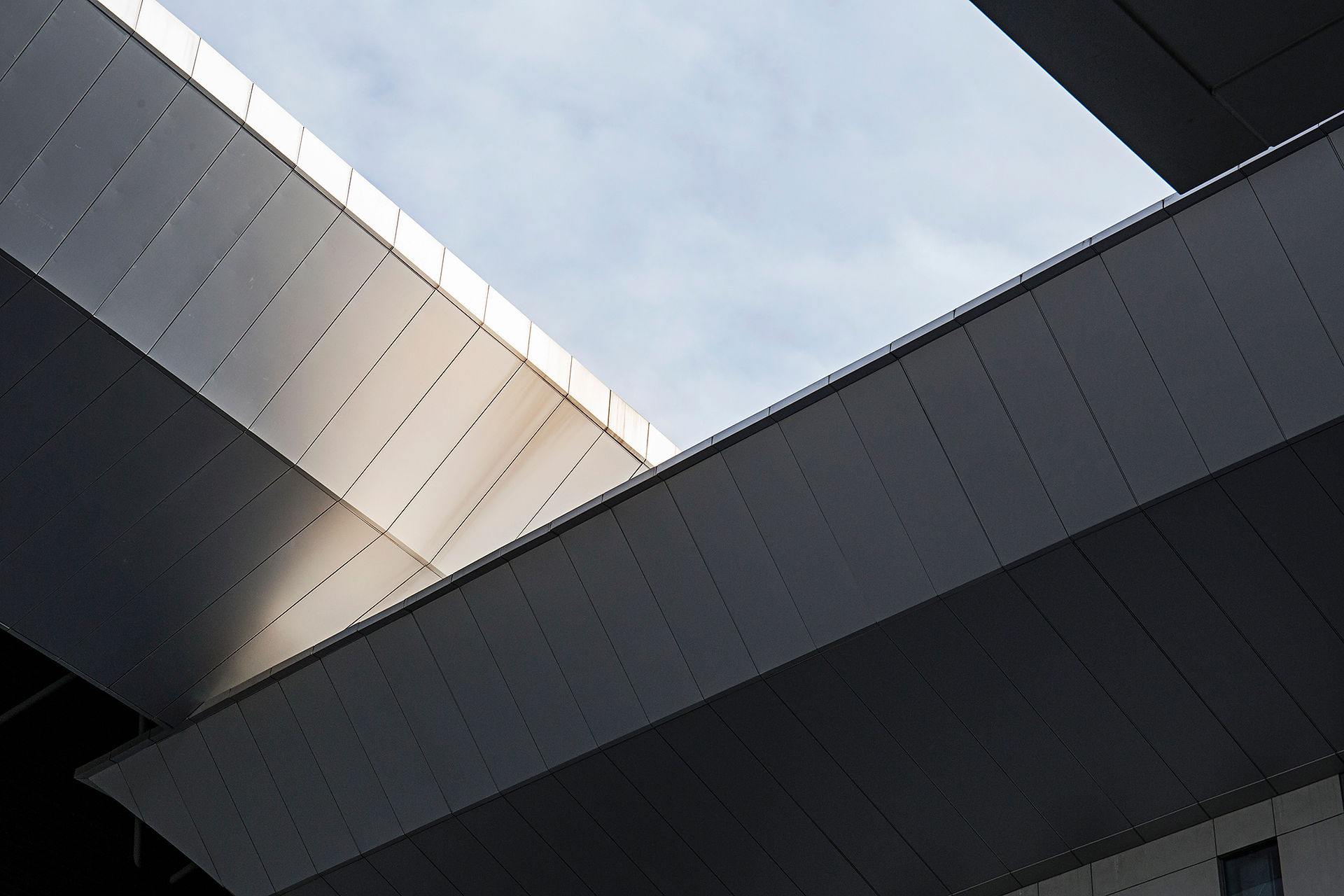Master the Art of Museum Lighting Design
- Coza Lighting
- Nov 1
- 3 min read
Lighting plays a crucial role in how visitors experience museum exhibits. The right lighting can highlight details, create atmosphere, and protect delicate artifacts. However, designing effective lighting for museums requires a careful balance of aesthetics, functionality, and preservation. This guide will walk you through the essentials of museum exhibit lighting and provide practical tips to master this art.
Understanding the Importance of Museum Exhibit Lighting
Museum exhibit lighting is not just about illumination. It shapes the visitor's journey and influences how objects are perceived. Proper lighting can:
Enhance colors and textures of artworks and artifacts.
Direct visitor attention to key pieces.
Create mood and ambiance appropriate to the exhibit theme.
Protect sensitive materials from damage caused by excessive light exposure.
For example, a painting with subtle brush strokes benefits from soft, focused lighting that reveals detail without glare. Meanwhile, a sculpture might require directional lighting to emphasize its three-dimensional form.
When planning lighting, consider the type of exhibit, the materials on display, and the visitor flow. This approach ensures that lighting supports both the preservation of items and the storytelling of the exhibit.
Key Techniques for Effective Museum Exhibit Lighting
To achieve optimal lighting, several techniques and tools are commonly used:
1. Layered Lighting
Layered lighting combines ambient, accent, and task lighting to create depth and focus.
Ambient lighting provides general illumination for the space.
Accent lighting highlights specific objects or areas.
Task lighting supports activities like reading labels or interactive displays.
Using dimmable fixtures allows for adjusting light levels based on time of day or exhibit needs.
2. Directional Lighting
Directional lighting uses spotlights or track lights to focus beams on particular objects. This technique helps to:
Draw attention to featured pieces.
Create shadows that add dimensionality.
Avoid light spill on adjacent exhibits.
3. Color Temperature and Rendering
Choosing the right color temperature (measured in Kelvins) affects how colors appear. Warm light (2700K-3000K) creates a cozy atmosphere, while cooler light (4000K-5000K) offers a more clinical, neutral look.
Color Rendering Index (CRI) measures how accurately light reveals colors. A CRI of 90 or above is ideal for museums to ensure true color representation.
4. UV and IR Filtering
Ultraviolet (UV) and infrared (IR) light can damage sensitive materials over time. Use filters or LED lighting that emits minimal UV and IR radiation to protect artifacts.
5. Energy Efficiency
LED lighting is preferred for museums due to its low heat emission, energy efficiency, and long lifespan. It also offers flexibility in color temperature and dimming.

Practical Tips for Designing Museum Exhibit Lighting
Here are actionable recommendations to help you design effective lighting for museum exhibits:
Conduct a lighting audit: Assess existing lighting conditions and identify areas needing improvement.
Use adjustable fixtures: Track lighting systems allow repositioning and changing beam angles as exhibits rotate.
Avoid glare and reflections: Position lights to minimize reflections on glass cases or glossy surfaces.
Incorporate visitor comfort: Ensure lighting is bright enough for visibility but not harsh or overwhelming.
Plan for maintenance: Choose fixtures that are easy to clean and replace without disturbing exhibits.
Collaborate with curators: Understand the story behind each exhibit to tailor lighting that enhances narrative.
Test lighting setups: Use mock-ups or temporary installations to evaluate lighting effects before finalizing.
By following these tips, you can create a lighting environment that both showcases and preserves museum treasures.
Enhancing Visitor Experience Through Lighting
Lighting influences how visitors emotionally connect with exhibits. Here are ways to use lighting to enrich visitor engagement:
Create focal points: Use accent lighting to guide visitors through the exhibit and highlight key objects.
Set the mood: Adjust color temperature and intensity to evoke feelings appropriate to the exhibit theme.
Support accessibility: Ensure lighting levels accommodate visitors with visual impairments.
Integrate technology: Use smart lighting controls to adjust lighting dynamically based on visitor presence or time of day.
For instance, a historical exhibit might use warm, dim lighting to evoke nostalgia, while a science exhibit could employ bright, cool lighting to suggest modernity and clarity.

Where to Find Quality Lighting Solutions
Choosing the right lighting products is essential for successful museum exhibit lighting. Consider options that offer:
High CRI and adjustable color temperature.
Low UV and IR emissions.
Flexibility in beam angles and dimming.
Energy efficiency and durability.
One excellent resource for specialized lighting is museum lighting design, which provides advanced track lighting solutions tailored for museum environments. Their products combine precision, flexibility, and preservation-friendly features to meet the unique demands of museum exhibits.
Final Thoughts on Museum Exhibit Lighting
Mastering museum exhibit lighting requires a blend of technical knowledge and creative vision. By understanding the principles of lighting, applying practical techniques, and selecting the right tools, you can transform any exhibit into a captivating experience. Thoughtful lighting not only enhances the beauty of artifacts but also preserves them for future generations to enjoy.




Comments